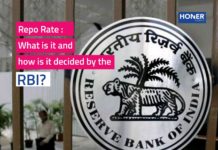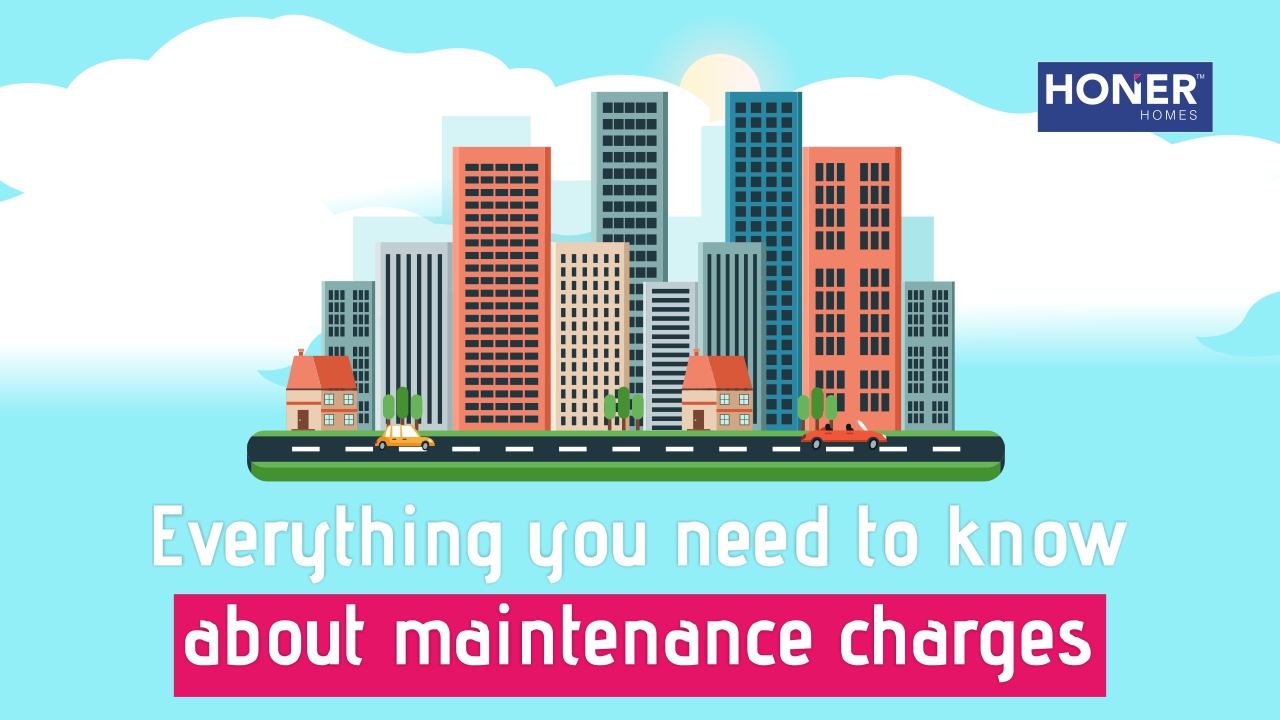The RBI has taken a decision in favour of the common public and loan borrowers will be relieved of the huge financial stress (to a certain extent). With effect to October 1, 2019, The Reserve Bank of India has asked banks to mandatorily link their loan products to key repo rates or external benchmarks. It ensures faster transmission of policy rate cuts to borrowers.
As per a circular published by the RBI on 4th September, Wednesday, it has long been observed that under several circumstances and due to various reasons, the transmission of policy rate changes to the lending rate of banks under the current marginal cost of funds based lending rate (MCLR) framework had not been satisfactory. “Based on the consultations with stakeholders, it has now been decided to link all new floating rate personal or retail loans (housing, auto, etc.) and floating rate loans to Micro and Small Enterprises extended by banks with effect from October 01, 2019 to external benchmarks,” the RBI said in a statement.
Additionally, the RBI said that banks can, however, link loans to other segments of borrowers as well. This means that borrowers can get a faster transmission during both the rise and fall of interest rates.
In 2019, the RBI has already reduced the repo or short-term lending rate by 110 basis points, but reportedly the banks have passed on only up to 40 bps to borrowers.
Also Read: Repo Rate: What is it and how is it decided by the RBI
The banks have also been advised to link their lending rates to external benchmarks, which could be repo, 3-month or 6-month treasury bill yield, or any other benchmark that is published by the Financial Benchmarks India Private Ltd (FBIL).
“In order to ensure transparency, standardisation, and ease of understanding of loan products by borrowers, a bank must adopt a uniform external benchmark within a loan category; in other words, the adoption of multiple benchmarks by the same bank is not allowed within a loan category,” the RBI added.
The circular also mentioned that while the banks are free to decide the spread over the external benchmark, the credit risk premium “may undergo change only” when borrower’s credit assessment undergoes a substantial change. Other components like the operating cost could also be altered once in every 3 years.
Banks that have already linked their home loans to the repo rate
The country’s largest public lender, State Bank of India has decided to link their home loans and deposit rates to repo rate in May 2019, after which many other state-run financial institutions decided to follow suit. The Reserve Bank of India (RBI) reduced its key lending rate to a record low of 5.40 per cent in August 2019 and besides the SBI, other banks that have announced linking of their home loan and deposit rate with the repo rate are Bank of Maharashtra, Syndicate Bank, Bank of India, Bank of Baroda, Union Bank, Indian Bank, United Bank of India and Allahabad Bank.
Existing loan borrowers in these banks, who are servicing their home loans on the marginal cost of funds-based lending rates (MCLR), will have the option to switch to the new repo-linked lending rate (RLLR). New borrowers will also have the option to pick one between the two.
Should you switch to the new repo-linked lending rate (RLLR)?
MCLR home loans are there in the market since April 1st, 2016, while RLLR home loan is a relatively new product. While other banks also introduce RLLR loans, the modalities may vary that makes it difficult to compare between MCLR and RLLR home loan. However, in neither the RLLR home loan and MCLR loan, the effective interest rate will be the actual MCLR or RLLR of the bank. There could be a slight mark-up in both.
The RBI revises and announces its monetary policy once in every two months, in which it takes a decision on either lowering, increasing or maintaining status quo on the repo rate – the rate at which it lends money to scheduled banks. Interest on a home loan that would be linked with the repo rate would change as soon as the RBI makes any change. This means the ‘reset’ clause that banks have under the MCLR regime, would be out of the picture. In other words, the interest on home loan would keep fluctuating (increase or decrease) as and when the RBI changes the repo rate.
The new repo-linked lending rate (RLLR) is said to be cheaper than the MCLR. It is 25-40 basis points less expensive than the MCLR-linked loans, which would substantially benefit both the new and existing borrowers. Since the lending rate is low, the borrowing capacity of potential buyers is believed to improve substantially. Besides as the rate will be applicable from October 1st, there is a potential chance of improving the realty growth during the festive season.
Will existing loan borrowers benefit from the new RLLR?
Repo-rate linked loan is suitable for both the new and existing loan borrowers. However, as of now, experts advise a wait-and-watch approach for the existing loan borrowers as only a few banks have come up with the facility until now, and many are still contemplating over the idea. Thus, it would be a better decision to wait until more banks join the bandwagon since it would allow the loan borrower to evaluate and choose from a variety of options. Thorough evaluation becomes essential when one plans to switch to another bank as it involves processing fee, legal, and valuation and conversion charges.
According to some recent reports, India is in a ‘quasi-recession’ stage and the growth has been constantly elusive below 6.6% over the two consecutive quarters. It can be said that this is one of the measures taken by the Government to revive the Indian economy. This and various other steps like the four mega-mergers of 10 state-owned banks is believed to help the struggling auto sector and rejuvenate the Indian economic condition.








































